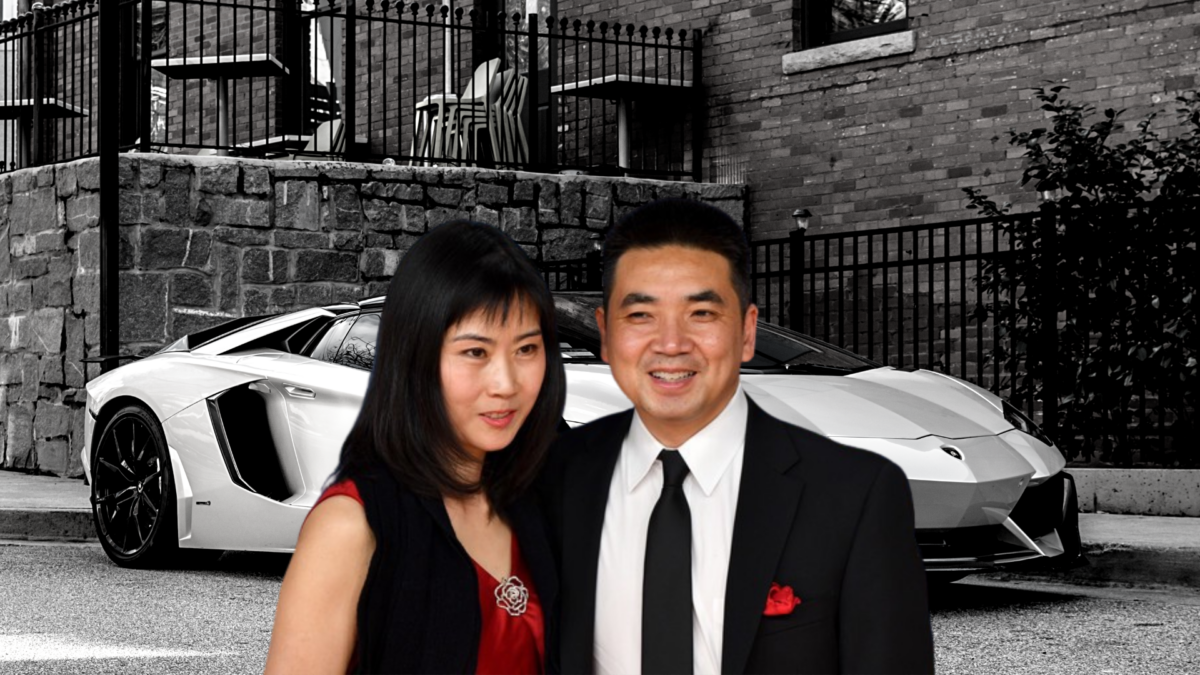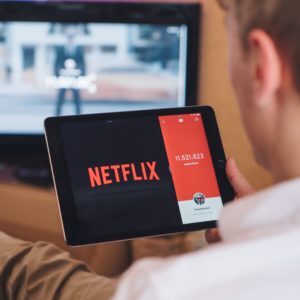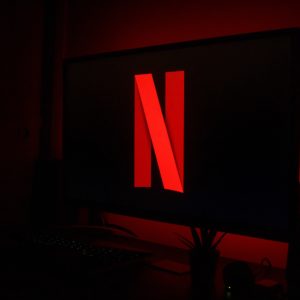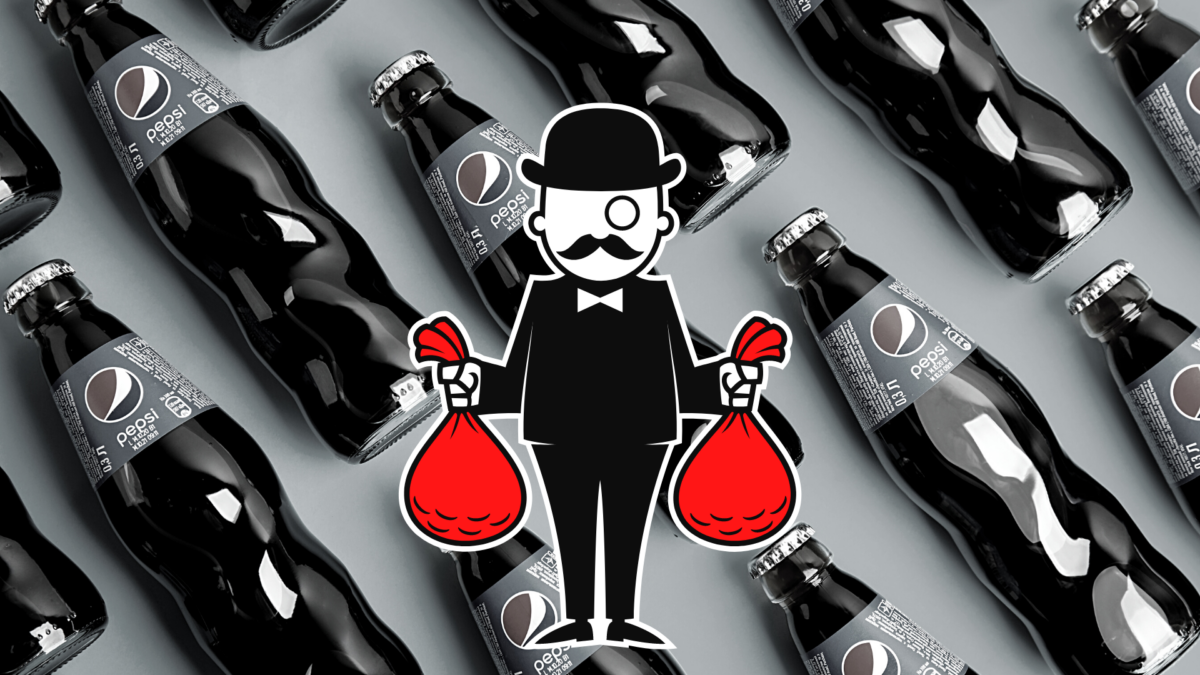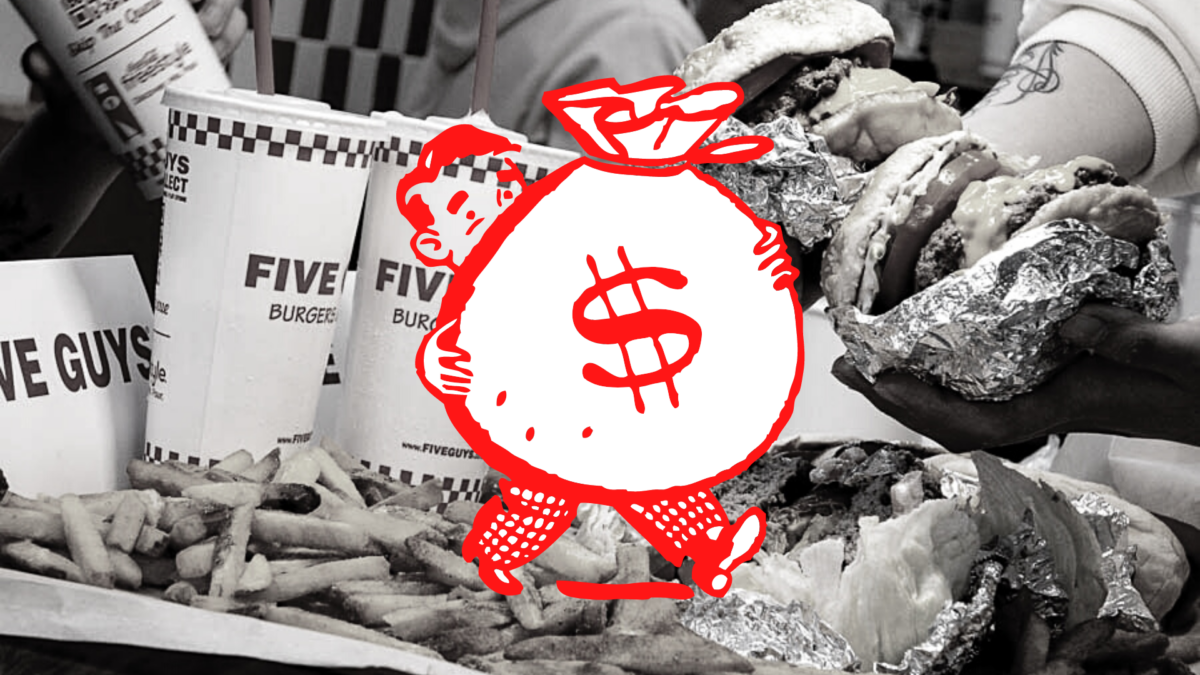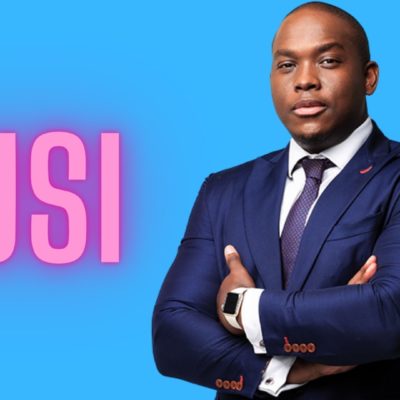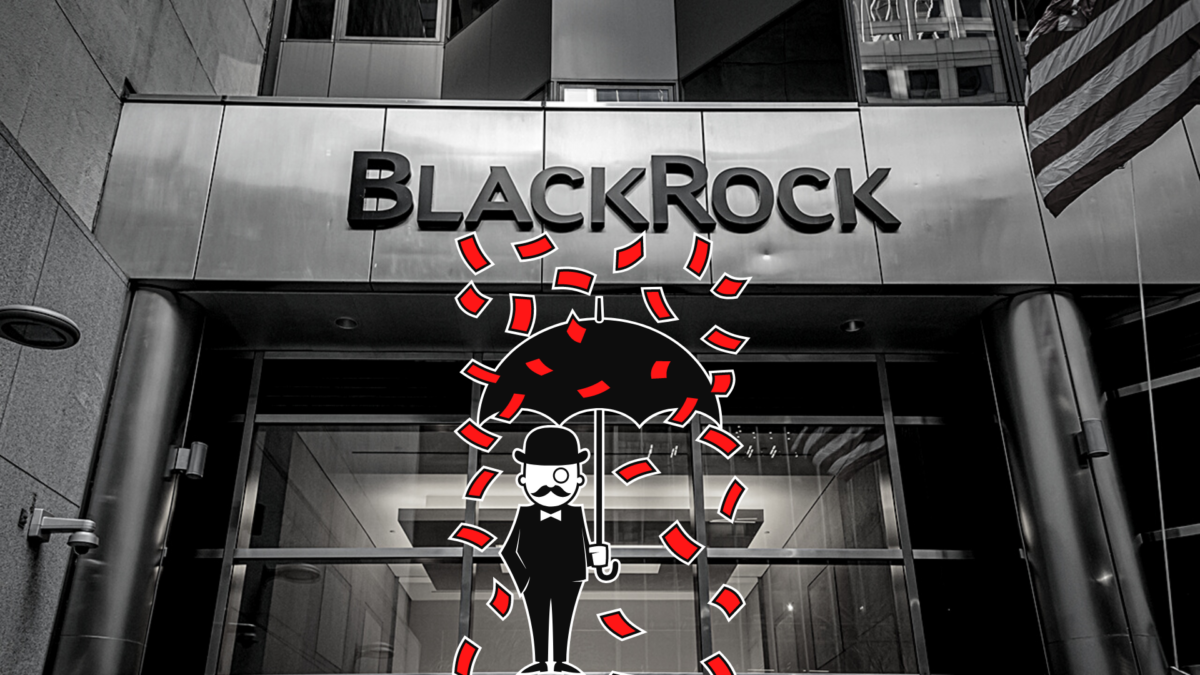
Blackrock is a company that virtually no one had heard of until recently. They have become one of the largest organizations on the planet with $9 trillion in assets under management.
That’s larger than the gross domestic product (GDP) of every single country around the globe, with the exception of China and the United States.
WATCH:
For perspective, the grand total of wealth funds managed by over 91 funds across the world is projected to be worth approximately 8.2 Trillion US Dollars. A single investment management firm based out of New York manages more funds than all the sovereign wealth funds in the world.
Crazy right? In fact…
If you were to make $1 every second, you’d be worth as much as BlackRock in about 240,000 years.
What’s more, if you research every major publicly traded company in the world and you’ll find that BlackRock is its first, second or third-largest shareholder. They also apparently own part of CNN and FOX.
How Much of the Media Does BlackRock and Vanguard Own?
- 18% of Fox
- 16% of CBS (and therefore also ofSixty Minutes)
- 13% of Comcast (which owns NBC, MSNBC, CNBC, and the Sky media group)
- 12% of CNN
- 12% of Disney (which owns ABC andFiveThirtyEight)
- Between 10-14% of Gannett (which owns more than 250 Gannett daily newspapers plusUSA Today)
- 10% of the Sinclair local television news (which controls 72% of U.S. households’ local TV)
So yeah they own a pretty influential piece of the news.
Where Did Blackrock Come From Anyway?
The Company was co-founded in 1988 by a very well-connected billionaire by the name of Larry Fink, who has been described as “a defacto middleman and lynchpin between Washington, DC, and Wall Street.” The firm operates globally with 70 offices in 30 countries and clients in 100 countries.
BlackRock started making headlines during the 2008 financial meltdown.
When the financial crisis of 2007-2008 hit, the US government hired BlackRock to clean up the mess from the crisis by managing the toxic assets that were owned by firms like the Lehman Brothers, Bear Stearns, Freddie Mac. In fact, even amidst the current financial crisis caused due to the Coronavirus outbreak starting in 2020, the Trump administration turned to Blackrock to bail out companies overleveraged in debt. the government is once again looking for BlackRock’s expertise.
Today, at least three of BlackRock’s leaders now hold prominent roles in President Joe Biden’s cabinet.
Given the company’s habit of forming shadow cabinets ahead of presidential transitions and its involvement in the new Federal reserve programs, Bloomberg even went as far as calling BlackRock our “fourth branch of government.”
Pretty impressive positioning for a company that’s only 34 years old.
WATCH: BlackRock’s Investment Strategy:
For more information visit tylerhayzlett.com


